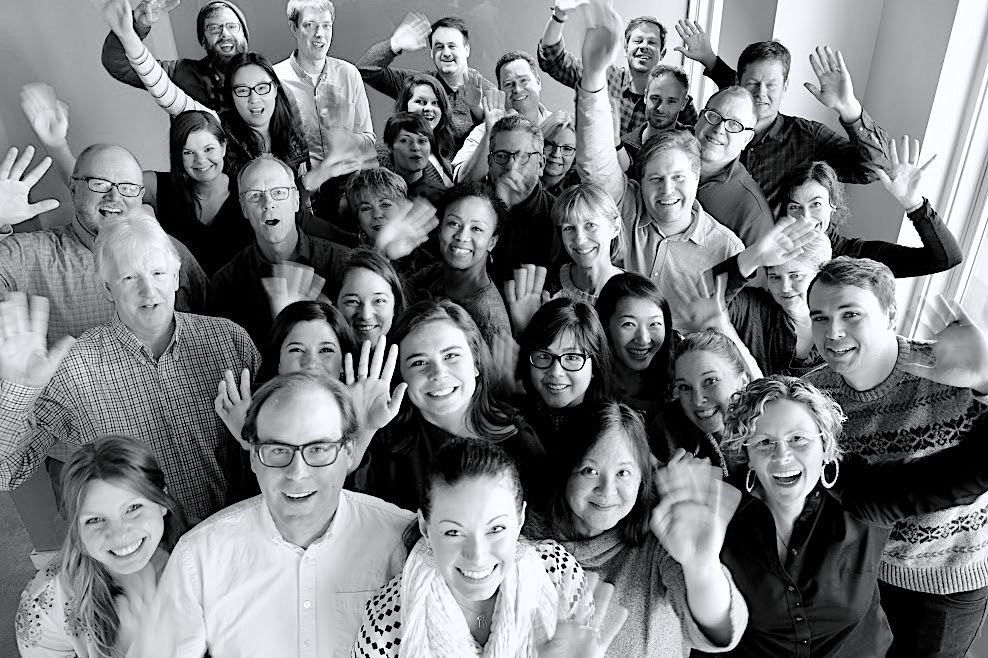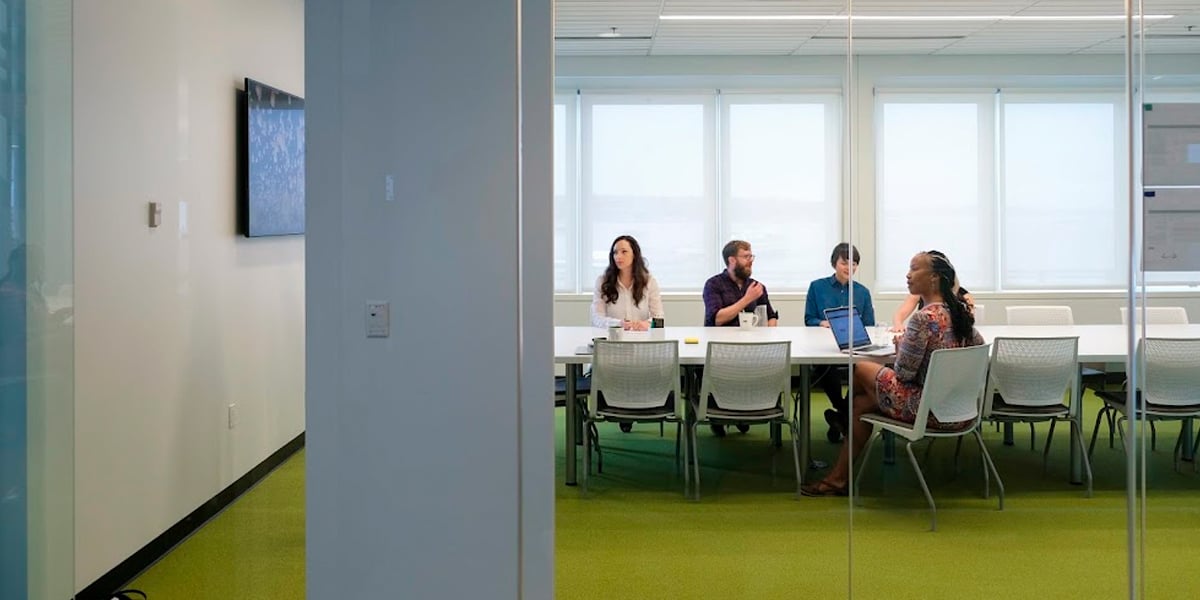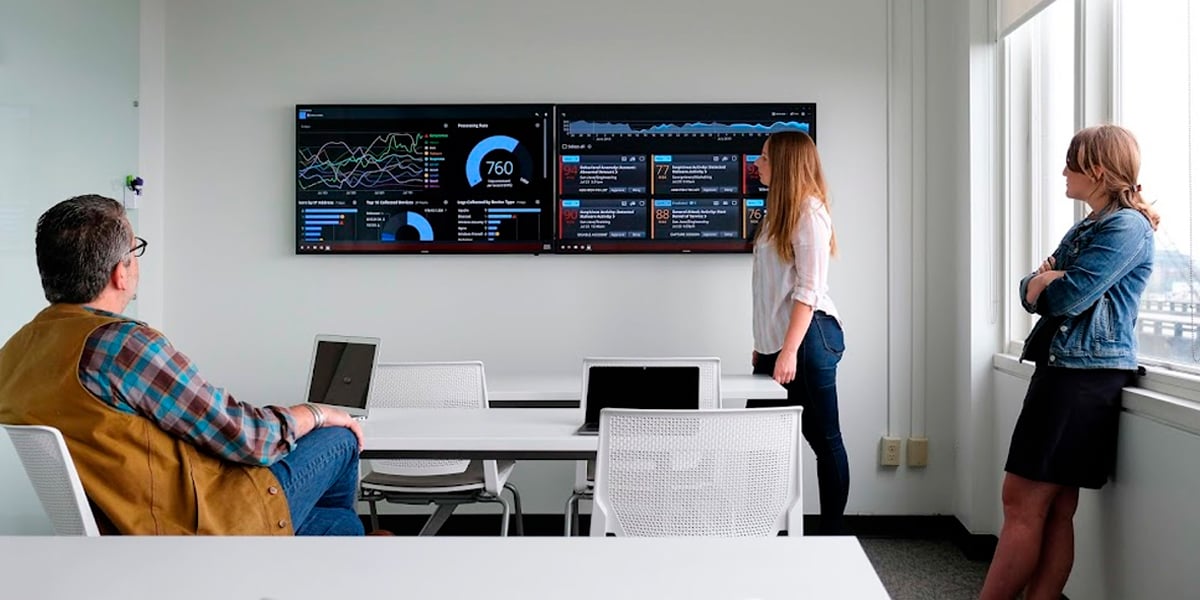
User experience maps are a great way to direct improvement efforts and align cross-department interests. We create experience maps as an instrument to articulate user engagement with a product.
What is experience mapping?
Experience maps are a visual representation of the user's journey over time, and they provide a handy communication tool for teams to inform product direction. The benefit is that it tells a visual story on one page that can be easily shared to communicate a product’s current state and opportunities. Many types of research can be used to inform the experience map, including longitudinal studies, retrospective interviews, ethnographic research, and observational studies.
What are the benefits of experience mapping?
UX mapping offers several benefits to companies and brands who want to better understand their audiences. Some advantages of implementing this strategy include:
- Linking journey with emotions: Many companies already understand the various steps their audiences go through before completing interactions, and a UX map can connect those experiences with emotions. Your marketing, sales, and development teams can use this information to visualize processes that are doing well and areas of improvement. Further, it adds more nuance to customer experiences. While your customers might experience several positive and negative emotions, you can differentiate between satisfaction and content or disappointment and frustration.
- Aligning intentions across the company: While the actions of multiple departments go into every customer interaction, each team might have unique goals and intentions behind design decisions. Departments might have different interpretations of customer personas and motivations. A user experience map can provide a consistent, reliable audience depiction that all departments can use to drive decisions for more cohesive results.
- Creating a more complex journey: When mapping the customer journey, you might be inclined to make it a straight, linear map. However, your audience is more complex and might backtrack or repeat actions depending on your features and their emotions. A UX map gives you more room to highlight complexities, inconsistencies, and other actions for a more accurate map. With a more reliable resource, you can better determine where to focus improvements.
- Increasing loyalty and retention: An experience map is a powerful resource. When you can identify where customers want and need improvements, you can increase customer satisfaction and initial perception of your brand. Having satisfied customers means you create stronger relationships with them, paving the way for more completed transactions and retention. Continuing to serve their needs can entice customers to join loyalty programs or advocate for your brand to their friends and family.
- Providing a competitive edge: A UX map can help your company better compete in your industry. Identifying customer expectations can highlight industry standards or features your competitors might offer. You can also use industry knowledge to identify common problems customers have with similar companies and solve them for your audience.
How to create a UX map
Making a user experience map is a comprehensive process with many steps. Each one helps highlight a new piece of information, so you can continue to improve and learn about your audience.

1. Develop the foundation
An experience map’s foundation starts with knowing your target user audience. Look to current user research to define the target users. Clearly articulated goals, usage, wants, needs, and opportunities (see below) provide the underpinning of the experience map.
Typical scenarios out of the personas are also important. This includes current scenarios and desired state and how they play out with each target user. And finally, the fun part is deciding the attributes that best illustrate the user’s story. These might include challenges in the experience and features needed at different touch points.
2. Target users
These are examples of target user information that help inform the experience map:
- Goals: What is the user trying to accomplish, and what does success look like? How does achieving the goal make his/her life better or easier?
- Usage: How often do they use the product, and why do they use it? What are the common patterns of use and levels of engagement?
- Wants and needs: What features do they want to make life easier or better? What do they need to be able to do? How do they want it to work it accomplish their task?
- Opportunities: What are future product opportunities that would address the wants and needs and delight the user?
3. Improve engagement with the product
Here are examples of engagement scenarios that impact the product’s success:
- Challenges and issues with the product and how they impact adoption and use.
- Engagement with different devices that influence the journey.
- Fluctuations in satisfaction or ease of use at touch points within the product are opportunities for improvements.
- Gaps in the experience that do not meet users’ needs that are opportunities.
- “Delighters” the user would love but didn’t even think to ask for implementation-wise.
We’ve found that a whiteboard exercise is the best starting point to sketch out the flow and key influencers. Blink recommends a collaborative effort among the project team to begin envisioning the story. At the beginning of this post, you’ll see a picture of our team members collaborating on an experience map.
We look at the research and talk through ideas for the timeline, identifying the key attributes of the experience and how they intersect. During this exercise, many attributes are considered as potential dimensions of the user flow to be represented over time and as influencers at each point in time.
4. Outline user flows
Below are examples of user flows in the experience that would be represented to illustrate the sequence of events:
- Phases over time: Discovery, first-time use, searching, purchase, and ongoing use.
- Shopping experience: Search, review, select, and purchase a product online.
- First-time use experience: Download, first-time experience, and engagement with a product over time.
- Finding a restaurant: Decision-making process for dining out, from making plans with a friend to finding the restaurant and making reservations.
5. Determine other influencing factors
These are examples of influencers that could impact use and satisfaction with the product:
- User goals or needs of the product.
- User expectations of the product.
- Use of devices at different times.
- Use of a different application.
- Product failure or success.
- User understanding of the product.
- Emotions with the product.
- Physical environmental influencers.
- Issues with the product.
- Opportunities that could meet user needs.
Relevant dimensions and influencers are often initially represented as columns and rows in a table, as shown in the figure below. These attributes inform the development of the user journey, and it’s the relationship between these attributes that can inform design. When a clear connection is made between a point in time in the journey where users' needs and the gap in the experience impact satisfaction, it’s easy to identify opportunities and articulate product improvements.
After the whiteboard effort, the data moves to a soft copy format to finesse the details. The focus is on attention presentation and messaging finesse and identifying where to use illustrations to emphasize key points in the user journey.
6. Visualization
The final step is visualization. We have a team of talented visual designers at Blink who work side-by-side with the researcher to bring the user journey to life. This may take a few days of iteration to fine-tune. Designers add color, font, layout, iconography, and symbols to convey the data that balances words with visualization. The result is a compelling representation that reveals how users engage with technology and provides insights for design. This is the fine art of creating a User Journey Map.
Experience maps are invaluable, and here’s why — say you are about to go into a meeting and you need to communicate the insights and opportunities from a recent research study to your business team:
- If you were given five minutes to talk, what would be your executive summary?
- How would you communicate the three things that everyone should care about?
- How could you quickly help the team understand user motivations and workflows in a one-pager that everyone could understand?
This is where a visual illustration like an experience map is very effective — it’s like a dashboard of the user experience, something that helps everyone quickly connect to the data and the user journey.
Imagine if everyone in your feature team had an experience map that visually summarized the areas for improvement and opportunities in the product. How much easier would it be for those in the room to consume your message? What kinds of conversations could you have as a result that would inform the strategy and future feature development? These are questions to think about as you work on the next research project.

Partner with Blink to map your brand's UX
Designing a user experience map is a comprehensive process involving many research and design elements. At Blink, our Customer Experience Journey Mapping service provides you with extensive research and design assistance, so you can better understand your audience and implement essential improvements.
When you partner with Blink, your teams gain vital skills they can use to improve processes and implement better strategies. We'll help you identify the true pain points in processes or designs, so you can develop new elements that meet your customers' needs.
Contact Blink today to learn more about building a user experience map.
